In the process of fusion welding, the welding joint is heated to the melting state and the welding method is called fusion welding without pressure.Common fusion welding methods include arc welding, gas welding, electroslag welding and so on.
In the welding process, the metal material with lower melting point than the base metal is used as the filler metal. The welding parts and the filler metal are heated to a temperature higher than the melting point of the filler metal and lower than the melting point of the base metal. The method of wetting the base metal with the liquid filler metal, filling the joint gap and diffusing with the base metal to realize the connection of the welding parts is called brazing.The commonly used brazing methods include flame brazing, induction brazing, furnace brazing, salt bath brazing and vacuum brazing.
3 different:
A. The relationship between the welding temperature and the melting temperature of the base metal;Brazing Welding performed below the melting temperature of the base metal
B brazing is often heated as a whole, the residual stress of the joint is much smaller than that of fusion welding, and it is easy to maintain the precise size of the workpiece
The choice range of C solder is wide, but there is no such choice for fusion welding
D brazing only involves the interface range of tens of microns, does not involve the deep structure of the base material, so it is especially conducive to dissimilar metals, M and M, M and NM connection, fusion welding is impossible
The weld strength of E brazing is low, which is generally lower than the mechanical strength of the base metal.As long as the welding wire composition is appropriate and the post-welding heat treatment process is suitable, the strength is close to or exceeds the strength of the base material


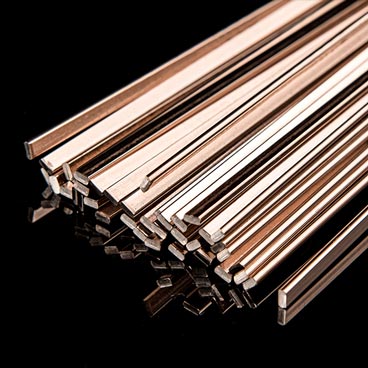
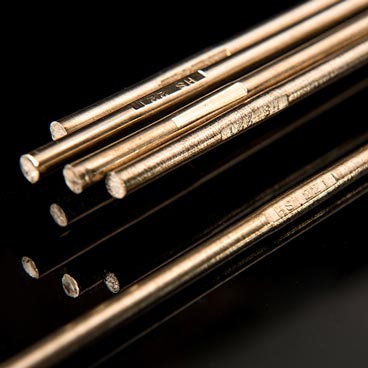
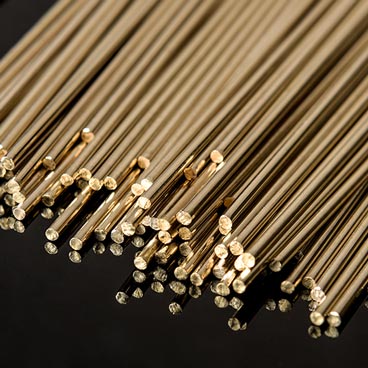
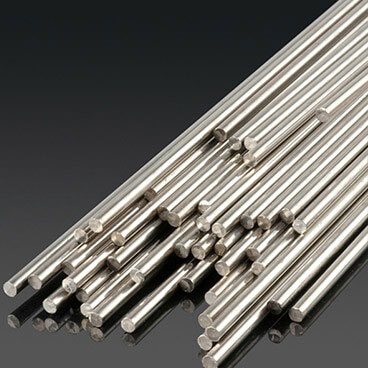

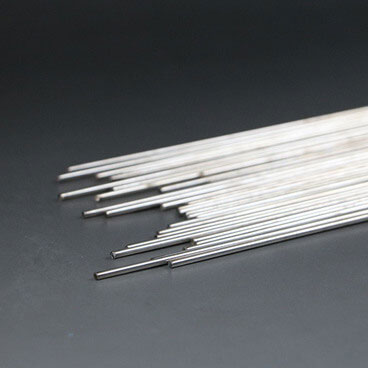
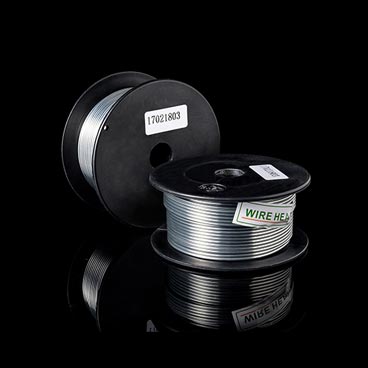
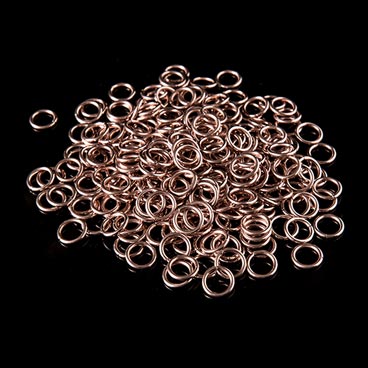
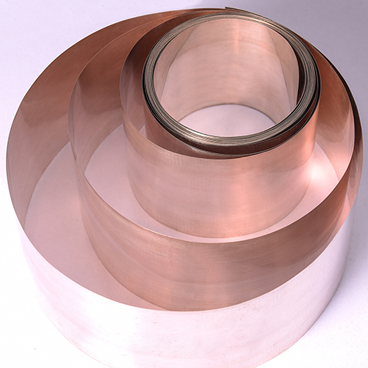
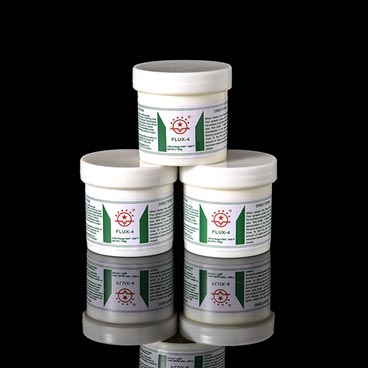







 sales@welding-material.com
sales@welding-material.com







